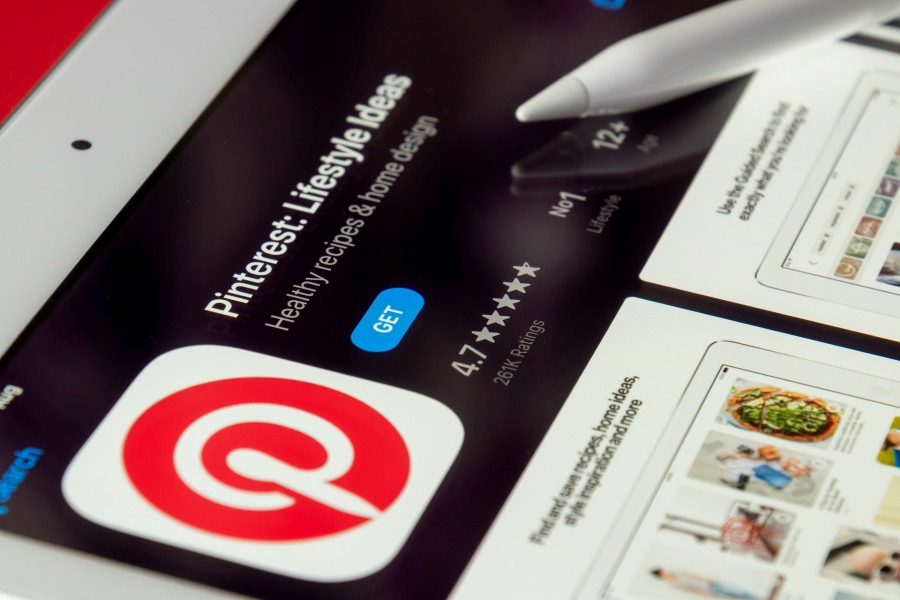
Did you know that 85% of Americans own smartphones and that the mobile commerce market is worth almost $340 billion? If you’re not focusing on mobile, you’re living in the marketing slow-lane and missing out on valuable opportunities. A well-developed mobile marketing strategy can help companies better reach their core audience, enhance the strength of their sales funnel, and increase their ROI.
But where to start? Mobile advertising is a diverse landscape, and it can be hard for marketers to get a handle on it, especially when just starting out. To help you along the way, we’ve created a handy checklist to make sure your mobile marketing strategy incorporates everything it should be.
1. Identify Your Customers’ Mobile Behavior
Using free tools, such as Google Analytics, it’s possible to establish how much of your customer base is accessing your site via smartphones and what their behavior is like while there. What percentage visit your site via mobile? Are they arriving there from search engines, ads, or by directly typing your URL into their search bar? How long are mobile users spending on the site?
By establishing a behavioral baseline, you’ll not only be getting a better understanding of your customers but also have a standard against which to measure the success of your mobile marketing strategy.
2. Use Mobile-Friendly Design
Viewing content on a smartphone or tablet is very different from a desktop, and these differences need to be included in your mobile marketing strategy. Most organizations either use responsive design, i.e. the site loads differently depending on where it is being viewed, or a separate mobile-only site. It’s also important to limit any pop-ups or autoplay features on mobile as they can be difficult for users to exit and can cause frustration.
For click-through and CTA buttons, CSS should be used instead of images which may not load or render properly. With Google prioritizing mobile-first search indexing, not having a mobile-friendly design will also damage your search rankings.
3. Make Sure You’re Ready for Local
The “local pack” is the small info box that appears at the top of local-focused searches on Google and Bing. It is also the holy grail of SEO, as it is a free way to get a prime position for some of the most important searches for sales. Statistics show that 76% of people who make a local search visit that place within 24 hours, with nearly 30% of those searches ending in a sale.
To make the most of these local searches, make sure your business details are up to date, include your locality relatively prominently on your site, and use geofencing when planning your mobile ad spend.
4. Make an Instant Impact
Users are accustomed to rapidly scrolling until something catches their attention, so time is of the essence when making an impression on mobile visitors. This means that your mobile marketing strategy should always be looking to make an instant impact. You can do this by using clear titles and CTAs and creating landing pages geared towards immediate action. Avoid using huge images that may take time to load on slower connections and always use alt text in case the images don’t render at all.
5. Get Social
Some of the most popular social media networks, such as Instagram and Twitter, are nearly completely mobile-focused. This means that the vast majority of their users are going to be clicking through on mobile devices; therefore, social media should be a core element of your mobile marketing strategy.
Design your sales funnels that begin on social with sharp, snappy messaging as the customer journey may well be entirely conducted on mobile. Where possible, maintain engagement with your community and actively contribute content beyond boring “we are hosting x event on x date, hope to see you there” posts, even if it’s just irreverent memes or acknowledging customer check-ins.
6. Focus on SEO for Mobile
While most mobile SEO follows the standard rules for SEO, such as writing good content and using the right keywords, there are some significant differences to note. Voice searches, particularly through home assistants like Alexa and Siri, are becoming exceedingly more popular. This means that questions are phrased differently and are generally longer than what people would type for a search on desktop.
You can take advantage of this by focusing on long-tail keywords in your SEO, which have less competition and are generally more focused on your business.
7. Don’t Forget About Data Security
An important but too often overlooked aspect of digital and mobile marketing strategy is how you’re handling your data. Especially in California, with the CCPA, and for those selling in Europe, which has similar regulations in the GDPR, breaches of data security or misuse of data can lead to fines and loss of consumer trust. There is a wealth of useful data that can improve your mobile advertising and overall strategy but make sure it’s well secured and anonymized where possible.
Mobile is too big a factor in digital marketing to be ignored. With increasing amounts of business being done over mobile, it can also be a very significant revenue stream. Despite its great potential to improve sales, increase leads, and deliver great marketing ROI, mobile advertising can be a complicated world to venture into. That’s why you need an experienced marketing agency by your side. If you want to find out more about how Bloom Ads can help take you to the next level on mobile, get in contact with us today.



